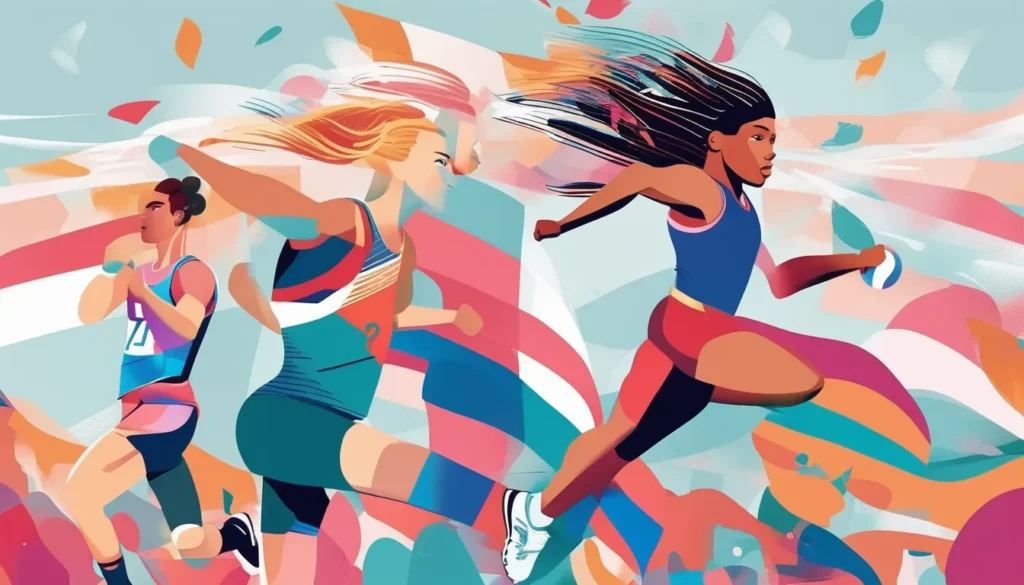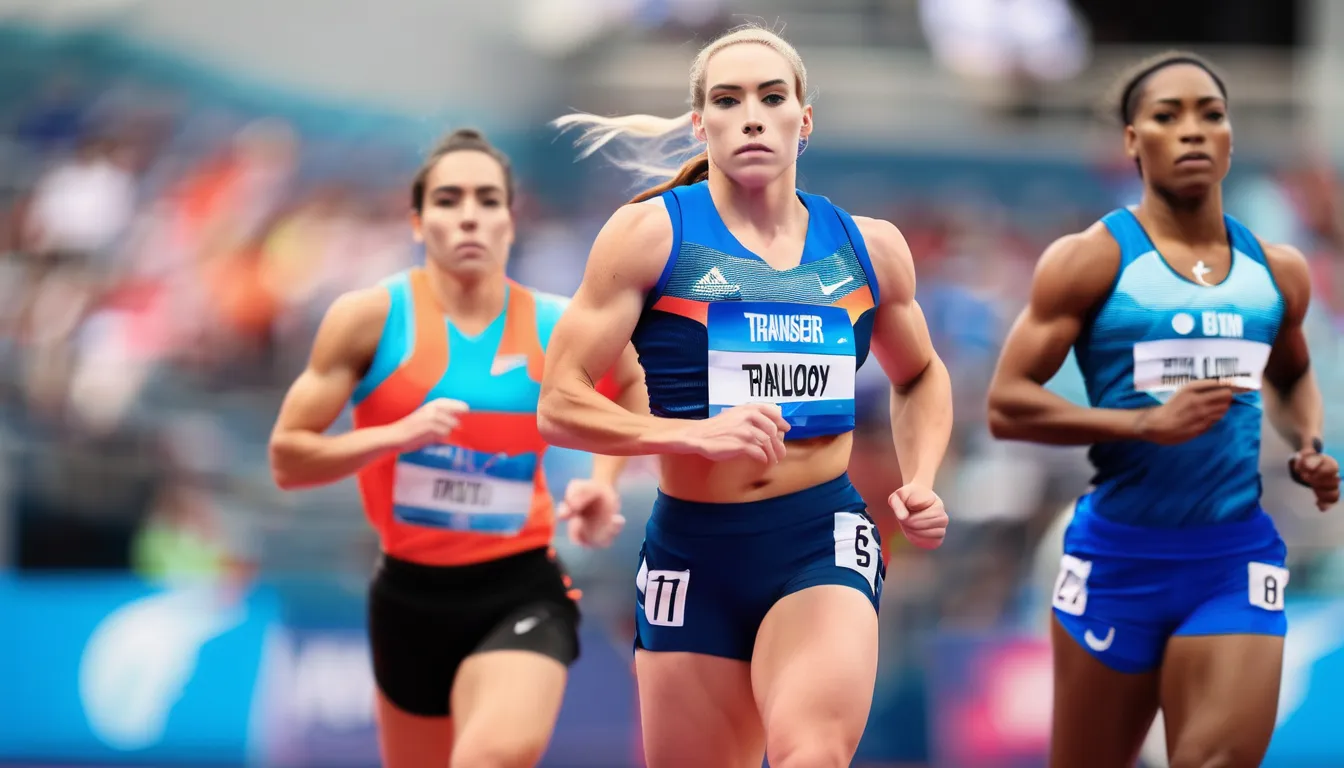The inclusion of transgender athletes in competitive sports has sparked significant debate among sports enthusiasts, policymakers, and the LGBTQ+ community. At the heart of this debate are questions about fairness, inclusivity, and the integrity of competition. Here, we explore the key arguments concerning why some believe transgender athletes may hold an unfair advantage in women’s sports.
Biological Differences: Hormonal and Physical Disparities
One of the primary arguments centers around the biological differences between transgender athletes who have gone through male puberty and cisgender female athletes. Research indicates that male puberty typically leads to increased bone density and muscle mass, which can persist even after hormone therapy. This raises concerns about physical advantages in strength and endurance, which are crucial in many sports.
Competitive Edge: Advantages in Strength and Speed

These physical disparities can translate into a competitive edge in strength and speed. Critics argue that this advantage could lead to transgender athletes dominating women’s sports, potentially undermining the diversity and fairness of competition. The fear is that consistent victories by transgender athletes might discourage cisgender female participants, affecting both motivation and career opportunities.
Safety Concerns: Risks for Cisgender Athletes
Beyond competitive fairness, there are safety concerns in contact sports where physical strength and size play significant roles. The inclusion of transgender athletes could pose risks to cisgender competitors, prompting discussions about safety protocols and the necessity for different regulatory measures in these sports.
Fairness in Women’s Sports: Impact on Female Competitors
Cisgender female athletes have raised concerns about the sense of fairness in women’s sports. Many feel marginalized by the inclusion of transgender athletes, fearing it could impact their chances of success and recognition. This has led to calls for policies that ensure fair competition while respecting everyone’s rights.
Policy Challenges: Navigating Regulations and Guidelines

Existing policies often need help to strike a balance between inclusivity and fairness. Some suggest more detailed eligibility guidelines, considering gender identity and potential physical advantages, to create a level playing field. Transparent processes involving medical professionals and sports organizations are essential to developing fair regulations.
Case Studies: Notable Examples in Sports
There have been instances across various sports where transgender athletes have excelled significantly, raising questions about competitive stability and fairness. These case studies highlight the issue’s complexity and underscore the need for nuanced approaches to policy-making.
Public Opinion: Divided Views on the Issue
Public opinion is sharply divided on the inclusion of transgender athletes in sports. While some advocate for inclusivity to promote diversity, others emphasize the importance of maintaining competitive fairness and integrity.
Solutions: Ways to Ensure Fair Competition
To address these concerns, several policy recommendations have been proposed:
- Detailed eligibility guidelines that consider both gender identity and physical advantages.
- Establishment of transparent, standardized processes for assessing eligibility.
- Development of more inclusive sports categories that accommodate transgender athletes.
- Ongoing research on hormone therapy’s long-term effects on performance.
- Providing resources and support for transgender athletes to compete pretty without causing unfairness.
Conclusion: The Ongoing Debate and Future Implications
The debate over transgender athletes continues to evolve as society seeks ways to balance fairness, inclusivity, and competitive integrity. Moving forward, engaging all stakeholders—athletes, sports organizations, policymakers, and the public—in open and informed discussions will be crucial. By doing so, we can work towards solutions that respect both the rights of transgender athletes and the principles of fair competition, ensuring a future where everyone can compete with dignity and respect.








